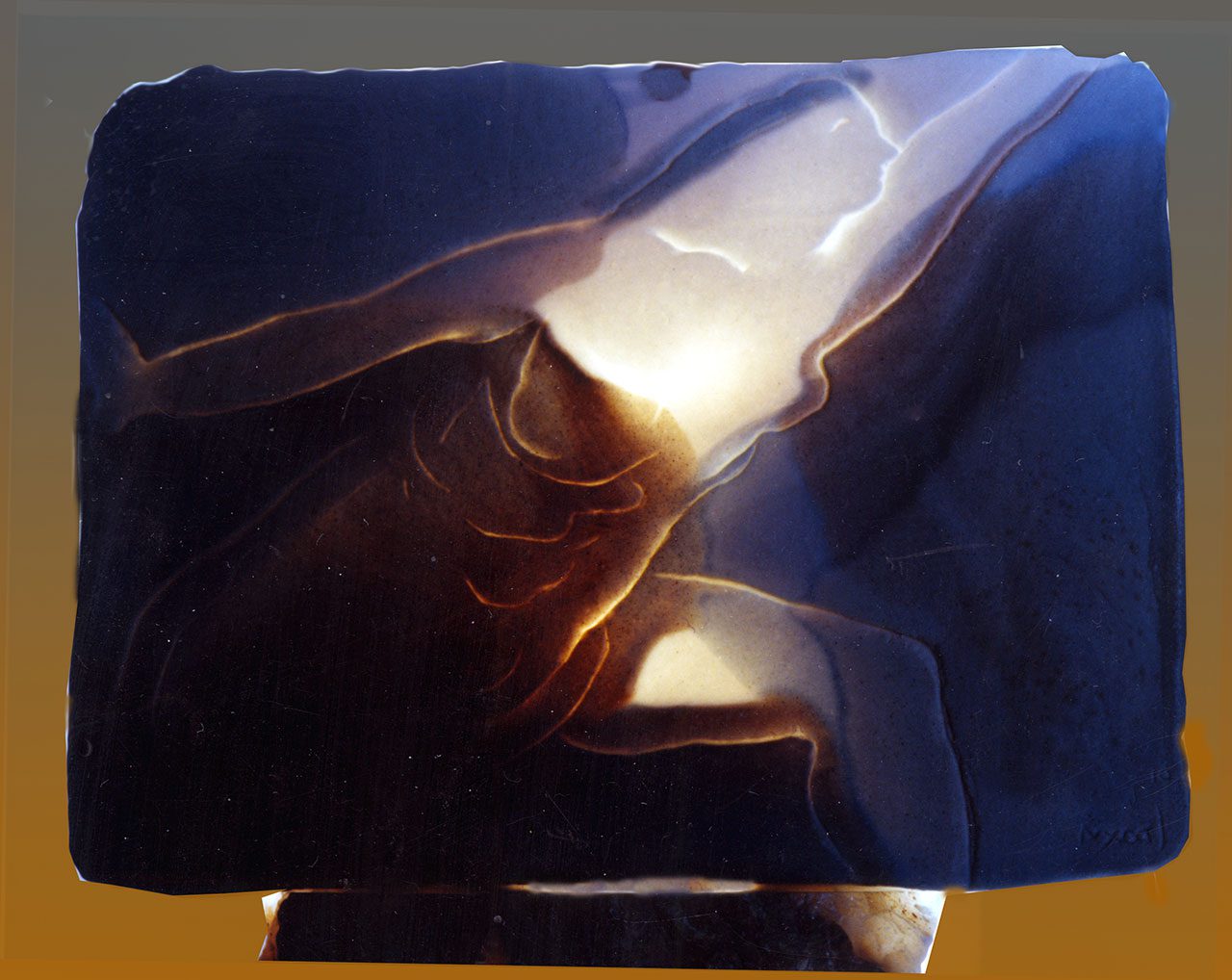ART CITIES:Athens- Chthonic Light, How Ceramic Art Engages with the Present
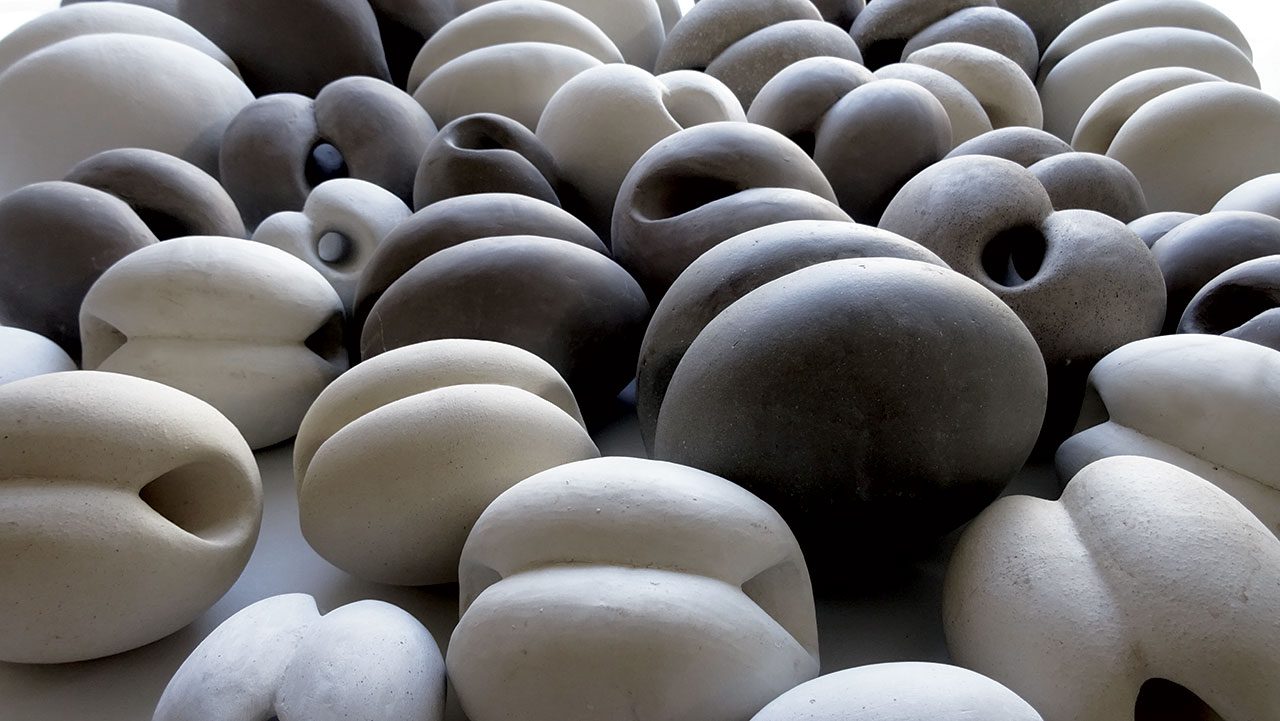 The materiality of clay is an intrinsic part of why ceramics has become so significant in contemporary art. Unlike other sculptural materials, clay is malleable, responsive, and organic, allowing artists to leave traces of their physical engagement with the material on the final piece. This tactile nature makes clay ideal for conveying themes of humanity, fragility, and transformation.
The materiality of clay is an intrinsic part of why ceramics has become so significant in contemporary art. Unlike other sculptural materials, clay is malleable, responsive, and organic, allowing artists to leave traces of their physical engagement with the material on the final piece. This tactile nature makes clay ideal for conveying themes of humanity, fragility, and transformation.
By Dimitris Lempesis
Photo: Lofos Art Project Archive
As ceramic pieces undergo processes of molding, firing, and glazing, they undergo literal and metaphorical changes, often emerging from the kiln transformed in ways that are partially unpredictable. This process mirrors the human experience, embodying themes of resilience, vulnerability, and renewal. The group exhibition, “Chthonic Light: How Ceramic Art Engages with the Present” and subtitled “Inspired by the Work of Mary Chatzinikoli“, brings together 42 of the most significant Greek contemporary artists and is inspired by the Greek ceramicist and educator Mary Chatzinikoli-Sarafianou. She studied ceramics not as an applied art, as it was commonly understood in local culture, but as a profound creative and expressive medium with immense technical potential. These very capabilities fulfilled her innate need to explore and create texture and substance, which she considered essential for establishing a form and shaping a concept. She experimented with materials until she discovered the absolute transparency in her “Diaphota”, which may represent her most characteristic personal style and a rare discovery, a conceptual passage from matter to spirit that reflects the dual nature of humanity. In her essay titled “Ceramics as Contemporary Art” she wrote, “We say ceramic art, but in reality, it is many arts or a technique with applications in numerous fields. A technique that also offers limitless artistic possibilities… If I were to give ceramics a title, I would say it is an ambassador of contemporary artistic perceptions to the general public, for all the above reasons. Also, because it involves everyday objects. These objects easily find their way into the home and are creations that shape taste, convey an artistic message, and connect people to contemporary artistic developments without disconnecting from roots, from historical continuity”. Attuned to the new artistic movement surrounding ceramics, “Chthonic Light: How Ceramic Art Engages with the Present” emphasizes the emergence of new artistic trends, innovative forms of expression through clay and raw materials, and the contemporary issues that artists and creators are exploring today.
The resurgence of ceramics within contemporary art can be traced back to the 20th century, as pioneers like Peter Voulkos, Lucie Rie, and Ken Price transformed the field by breaking away from utilitarian forms and embracing abstract and sculptural qualities. These artists saw clay as a medium capable of high art, a material that could hold conceptual depth. By using clay to produce works that blurred the lines between sculpture and pottery, they challenged the art world’s prevailing hierarchies and set the stage for the diverse ceramic practices seen today. In contemporary art, ceramics is often used to challenge expectations and communicate on a more intimate, visceral level. Artists like Grayson Perry, Theaster Gates, and Ai Weiwei have further popularized ceramics by creating works that provoke thought about social and political issues. Gates, for instance, repurposes clay and building materials to explore themes of community and urban decay, while Perry employs decorative techniques to comment on identity, sexuality, and societal norms. Contemporary artists are also innovating with ceramics by incorporating unexpected materials or using unconventional firing techniques. For example, some artists incorporate organic matter that burns away in the kiln, leaving voids that speak to absence and memory. Others use raw clay in installations that are allowed to dry and crack over time, underscoring themes of impermanence and the passage of time. These innovations are broadening the possibilities for what ceramics can achieve and how it can engage with viewers on conceptual and emotional levels. The resurgence of ceramics in contemporary art also reflects a growing interest in sustainability and the natural world. Clay is a readily available, natural material, and many contemporary artists are drawn to its earthy origins and ecological implications. In an era of environmental degradation and mass production, ceramics offers an alternative approach to creation, one that emphasizes craftsmanship, material integrity, and a slower, more intentional process. Many ceramic artists are committed to sustainable practices, using locally-sourced clay, minimizing waste, and employing traditional methods that align with eco-conscious values. This approach positions ceramics as an antidote to the throwaway culture of today, aligning it with broader movements toward ecological responsibility and environmental mindfulness. Beyond aesthetics and materiality, ceramics today often addresses pressing social and cultural issues. Artists use clay to explore personal identity, confront political structures, and express social critiques. The intimacy of ceramic objects—often handheld, functional, or used in daily life—allows artists to communicate powerful messages within accessible forms. This accessibility makes ceramic art a medium through which broader audiences can engage with complex themes. For example, Ai Weiwei’s work with porcelain, often seen in his critiques of Chinese history and governance, shows how ceramics can serve as a vessel for political expression. In sum, ceramics has reemerged in contemporary art as a medium of both beauty and substance, rich with possibilities for innovation and expression. Far from being confined to the realm of craft, today’s ceramics engage deeply with artistic, environmental, and social conversations. Through clay, artists are connecting with ancient traditions, challenging modern conventions, and contributing meaningfully to the dialogue of contemporary art.
Participating Artists: Georgios Alexandridis, Matina Anastasiou, Dimitrios Antonitsis, George Vavatsis, Filippos Vasileiou, Pilar Mayorga Barrientos, Maria Vlandi, Voula Gounela, Grigoria Vryttia, Charalambos Daradimos, Stathis Dimitriadis, Mahi Dimopoulou, Zina Diakomi, Loukia Thomopoulou, Marion Inglessi, Stella Kapezanou, Marigo Kassi, Katerina Katsifaraki, Thanos Kyriakidis (Blind Adam), Konstantinos Ladianos, Nikos Liaskas, Aggeliki Loi, Kyriaki Mavrogeorgi, Maru Meleniou, Christina Morali, George Oiback, Kostas Panopoulos, Aggeliki Papadopoulou, Eleftheria Papadouraki, Sofia Petsa Poutouri, Periklis Pravitas, Vasiliki Sagkioti, Giorgos Sarafianos, Panos Sarafianos, Valinia Svoronou, Vera Siaterli, Nikos Sklavenitis, Efi Spilioti, Adonis Stoantzikis, Eftichia Tzanetoulakou, Kleopatra Tsali, Giorgos Tserionis, Mary Hatzinikoli-Sarafianou, Dionisis Christofilogiannis , Theodora Chorafas
And the Psychosocial Rehabilitation and Reintegration Workshops – Ceramic Workshop (Psychiatric Hospital of Attica – Daphni)
Photo: Marion Inglessi, “Static Ecstatic or the Stone of Sibyl, 2024, unglazed clay, variable dimensions, Courtesy the artist and Lofos Art Project
Info: Curators: Faye Tzanetoulakou, Dimitris Sarafianos, Lofos Art Project, 39, Velvendou str., Kypseli, Athens, Greece, Duration: 1/11-31/12/2024, Days & Hours: Tue-Sun 18:00-21:00, www.lofosartproject.com/
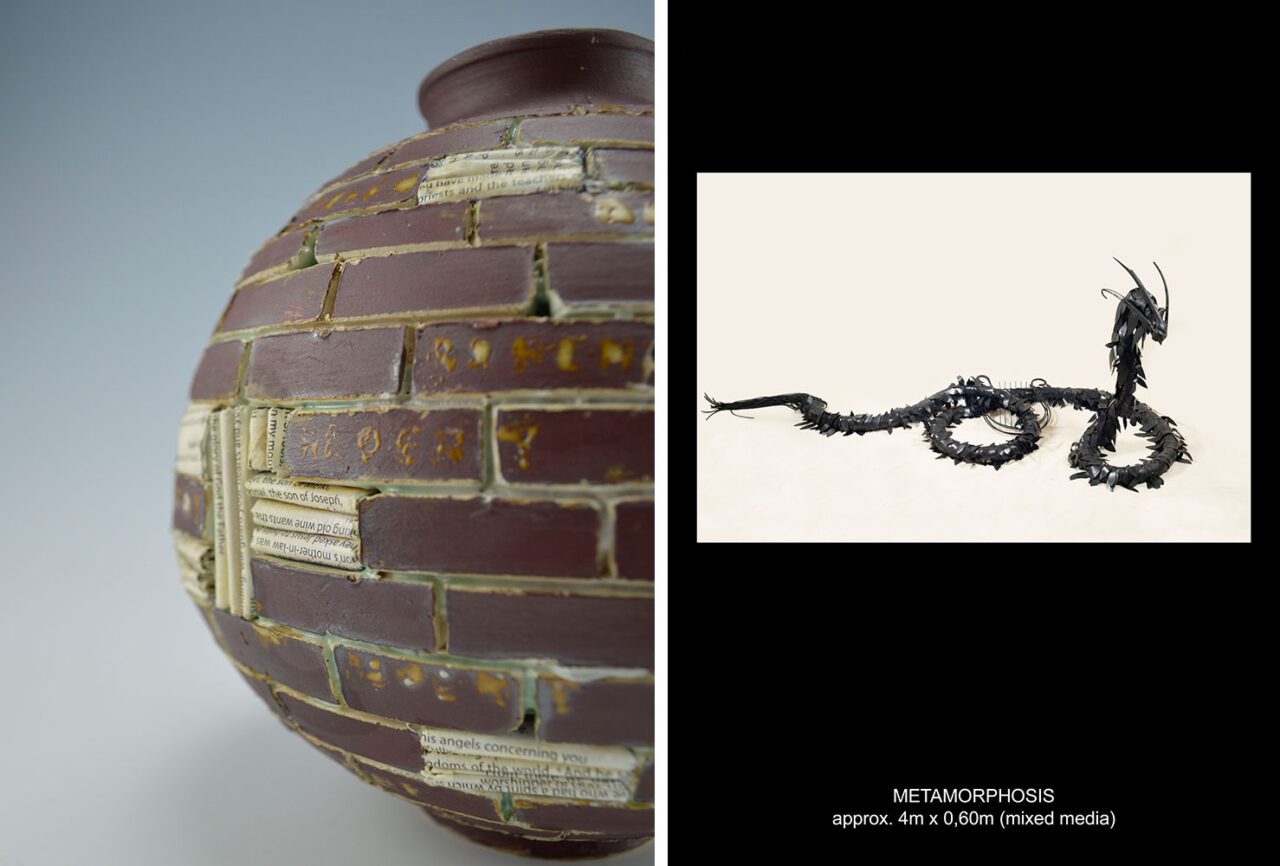
Right: Blind Adam, Metamorphosis, 2020, mixed media, 400 x 60 cm, Courtesy the artist and Lofos Art Project
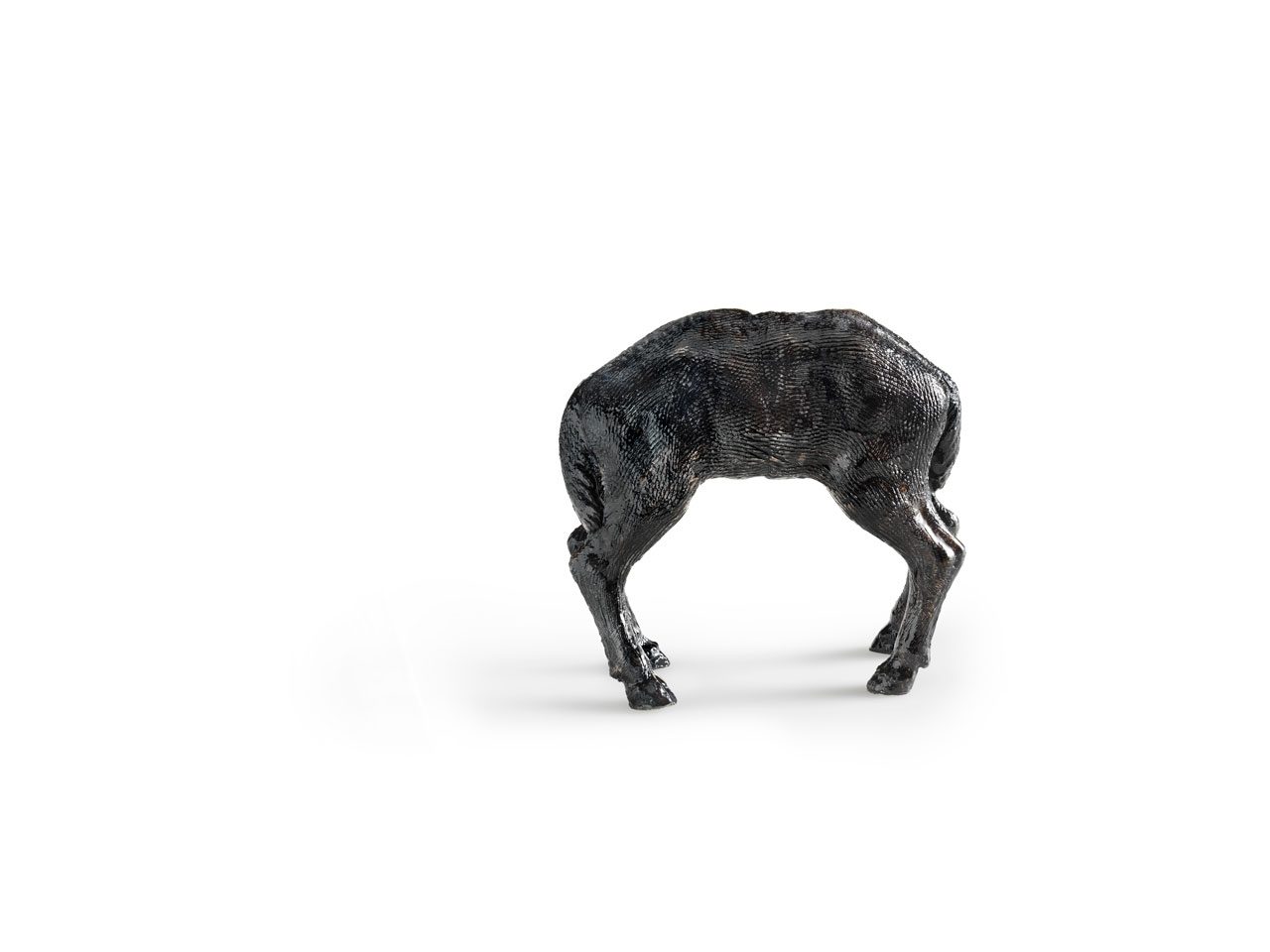
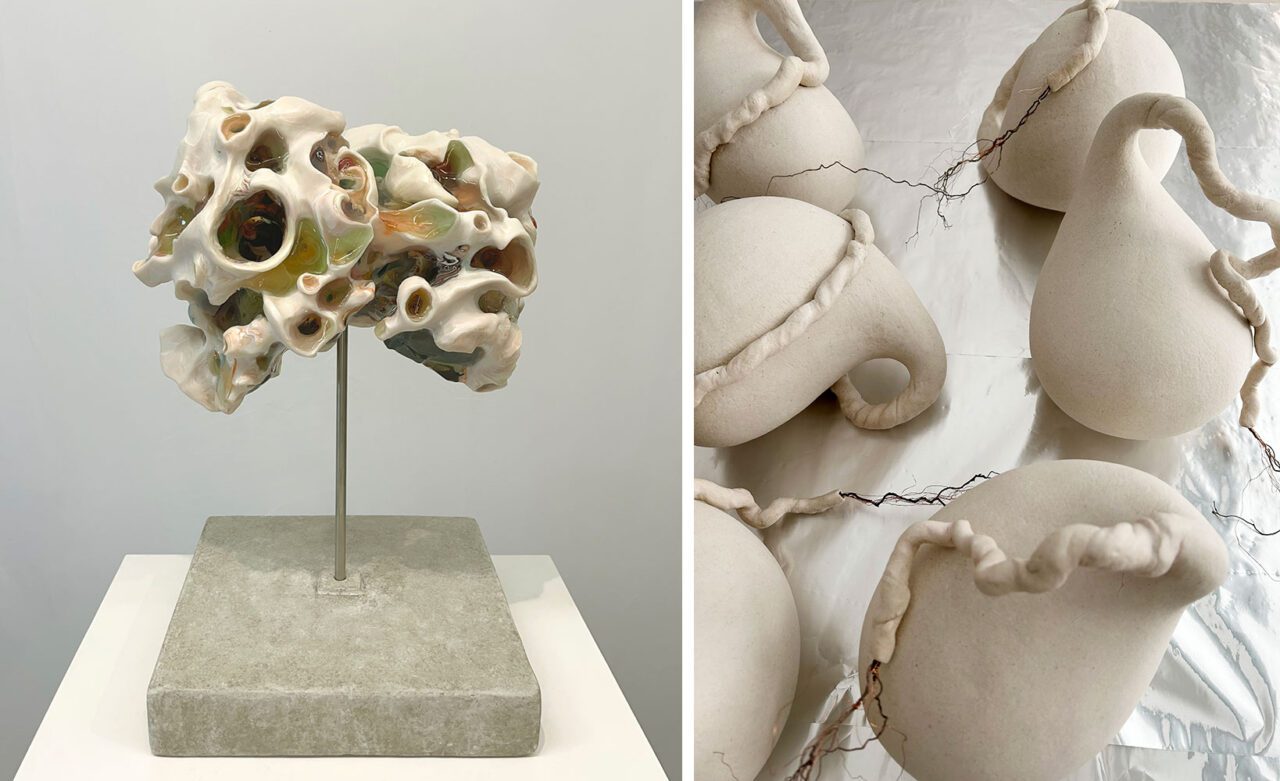
Right: Maru Meleniou, Life Line, 2024, stoneware, 1220c, Courtesy the artist and Lofos Art Project
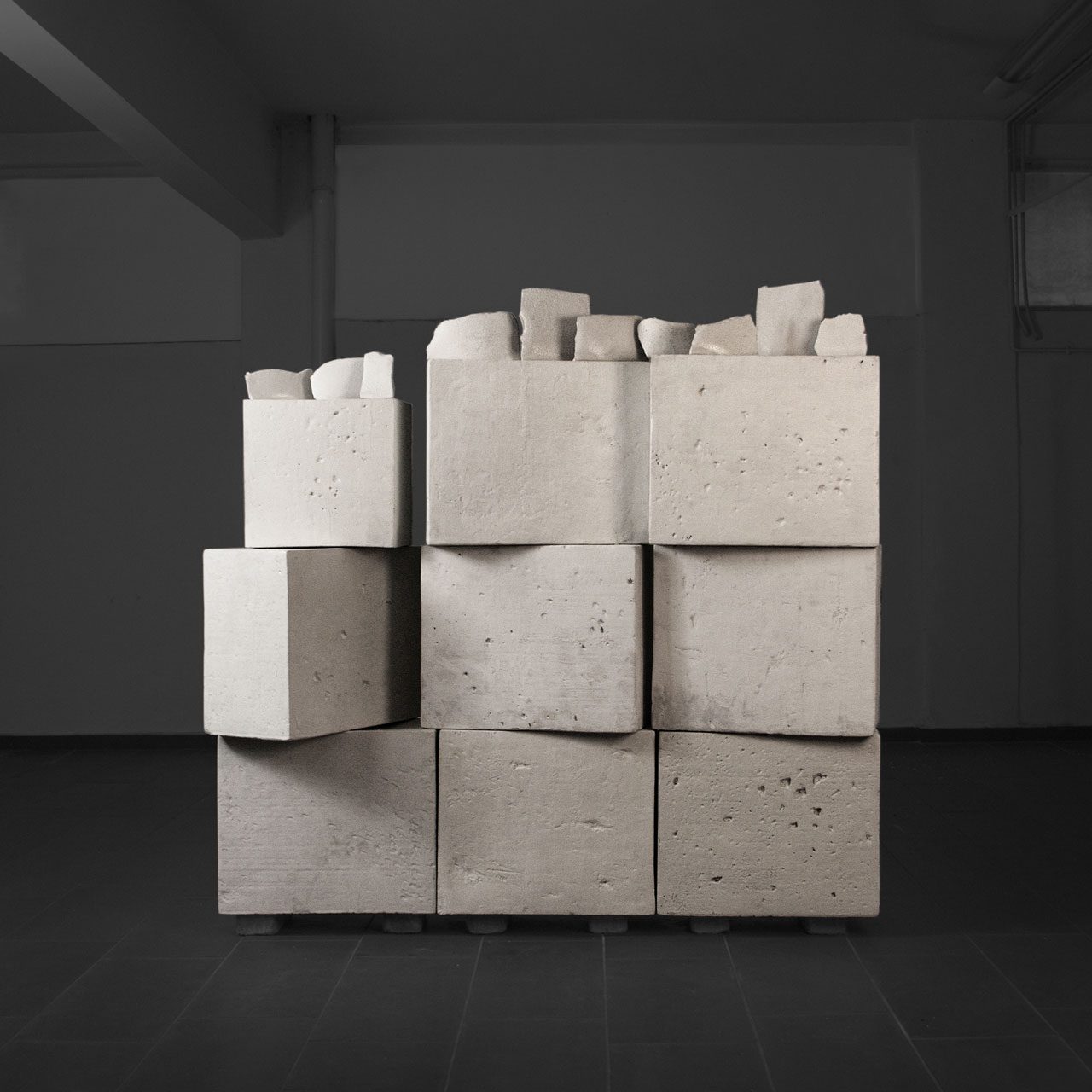
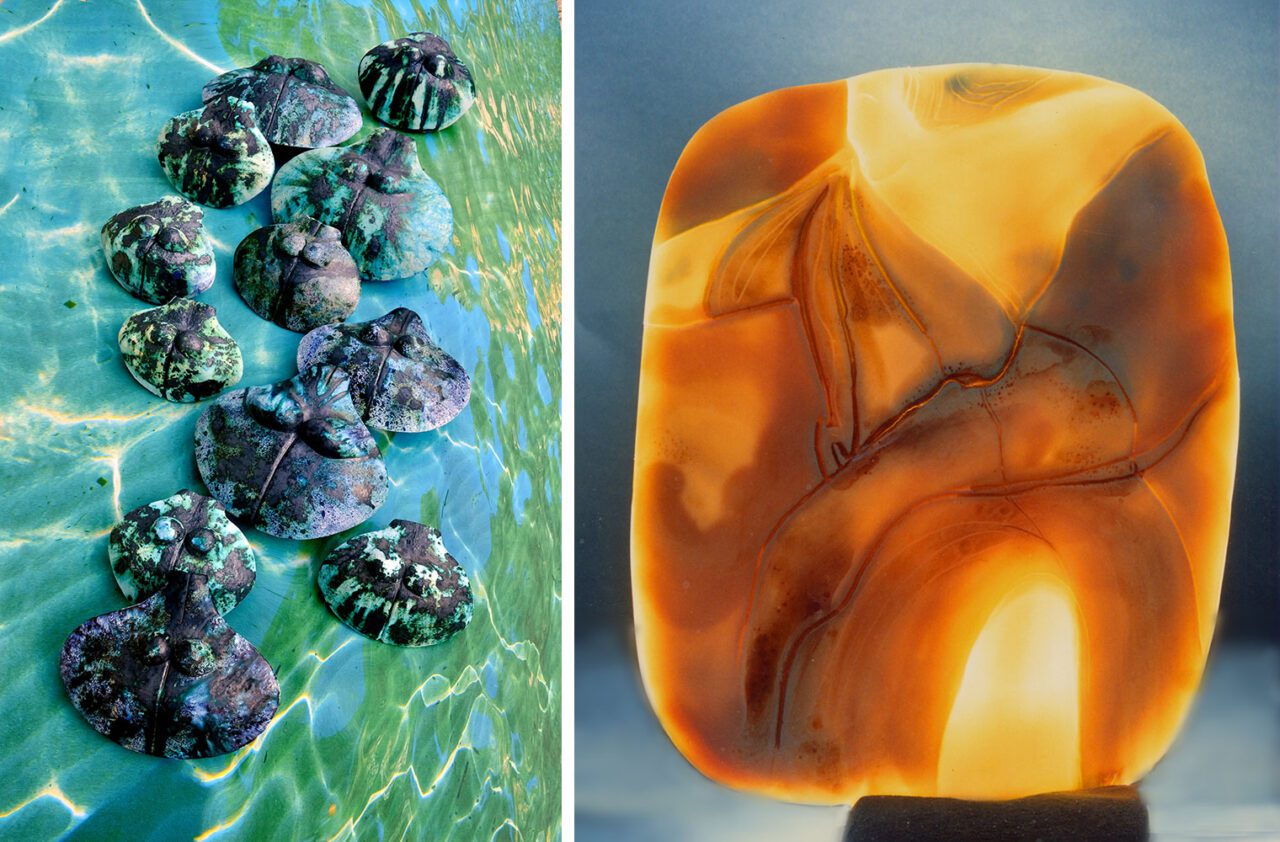
Right: Mary Hatzinikoli-Sarafianou, Diaphoto, 1992, engraved porcelain, 22 x 30 cm, Courtesy the artist and Lofos Art Project
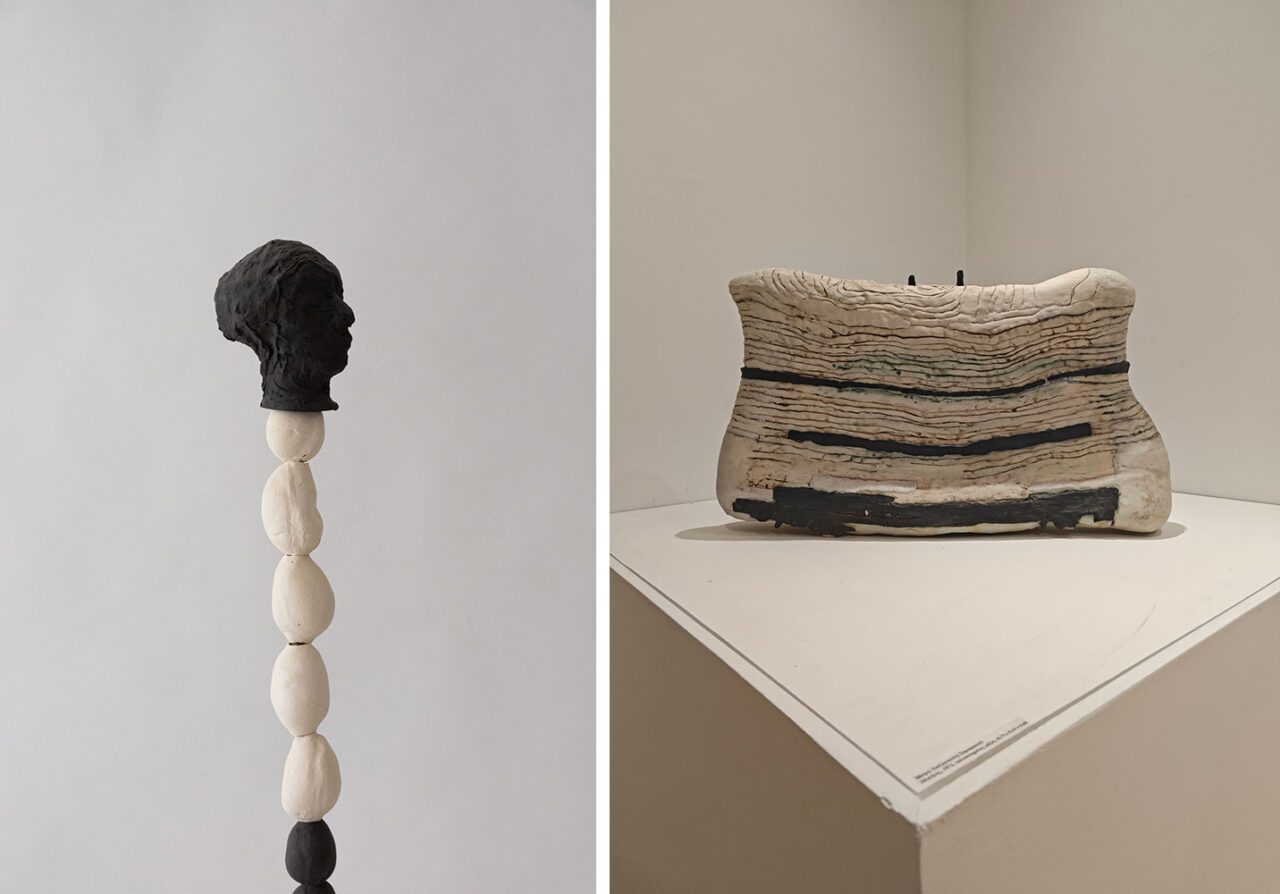
Right: Mary Hatzinikoli-Sarafianou, Mycenae 2, vitrified masses, 75 x 45 cm, Courtesy the artist and Lofos Art Project
